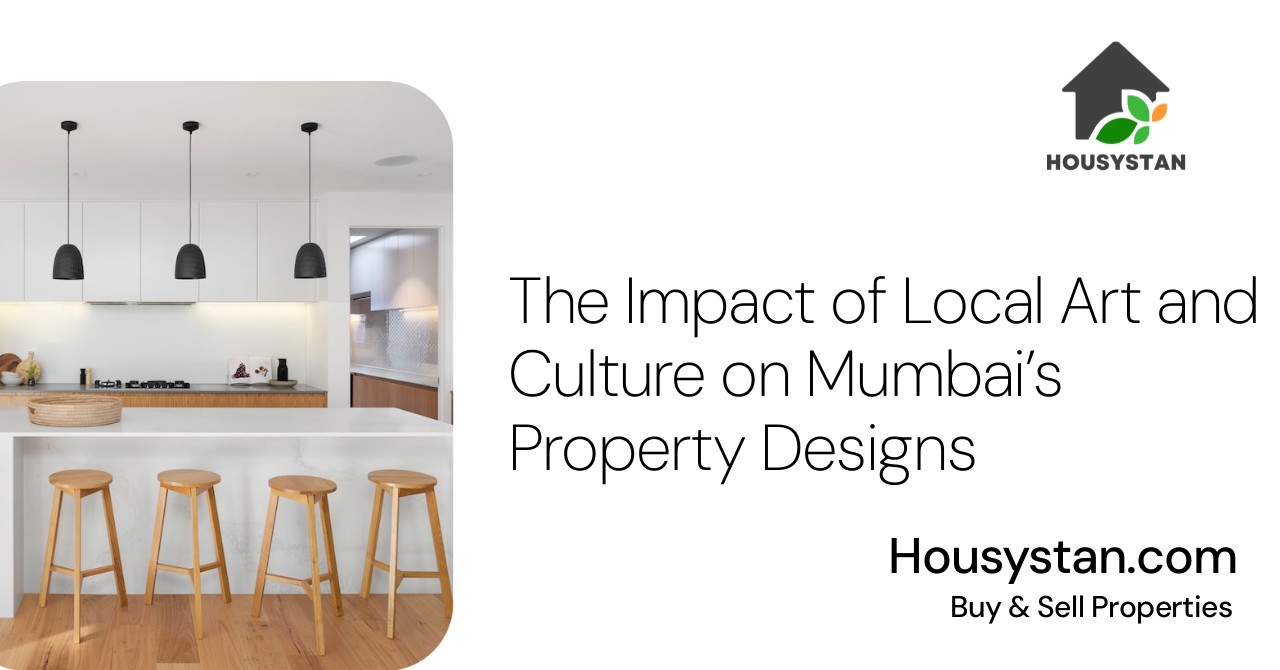The Impact of Local Art and Culture on Mumbai’s Property Designs
Read latest blogs and articles from Housystan

The Information mentioned here was last updated on:
21/12/2025The Impact of Local Art and Culture on Mumbai’s Property Designs
Mumbai, often called the City of Dreams, boasts a vibrant blend of traditions, artistic expression, and modernity. The city’s rich heritage plays a significant role in shaping its real estate landscape. Local art and culture have become integral in influencing architectural trends, interior concepts, and the overall aesthetic of properties across Mumbai. This unique fusion not only sets Mumbai’s developments apart but also enhances their appeal among residents and investors seeking authentic, region-specific living experiences.
One of the most striking ways local culture impacts property designs in Mumbai is through the incorporation of traditional motifs and indigenous artwork. Developers frequently collaborate with local artisans to integrate intricate patterns, hand-painted murals, and traditional sculptures into modern spaces. This approach ensures that new constructions honor Mumbai’s legacy while appealing to contemporary sensibilities. Elements such as colorful Warli art, vibrant Rangoli designs, and ornate jharokhas are often featured in lobbies, common areas, and residential interiors, providing a distinct sense of place and identity.
- Verified Tenants/Buyers
- Unlimited Property Listing
- Zero subscription/charges fee
Additionally, Mumbai’s diverse communities and festivals inspire architectural layouts and amenities. Many residential projects now offer multipurpose halls, amphitheaters, and open courtyards designed for social gatherings, cultural events, and community celebrations. These spaces foster a sense of belonging among residents and reflect the city’s spirit of unity and festivity. The integration of local landscaping styles, such as lush gardens adorned with native flora, further enhances the authenticity and charm of properties in Mumbai’s key neighborhoods, including Bandra, Andheri, and Worli.
Furthermore, eco-friendly practices rooted in Mumbai’s traditional wisdom are finding their way into property developments. Rainwater harvesting systems, natural ventilation, and sustainable building materials echo local philosophies of environmental harmony. By blending cultural heritage with innovative design, Mumbai’s real estate projects are setting new benchmarks for both style and sustainability.
In conclusion, the influence of local art and culture on Mumbai’s property designs is unmistakable. It not only enriches the city’s architectural landscape but also elevates the living experience. By embracing these unique local elements, Mumbai’s residential and commercial spaces continue to attract attention from buyers, renters, and global investors seeking properties that truly resonate with the city’s dynamic identity.